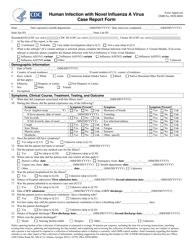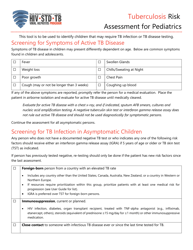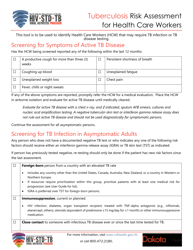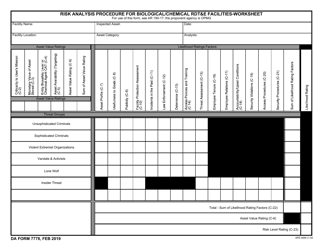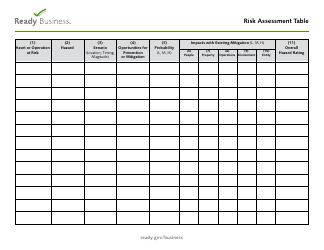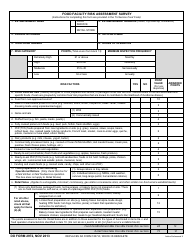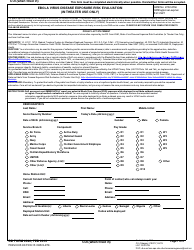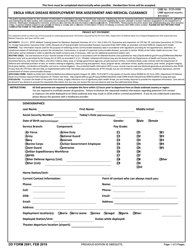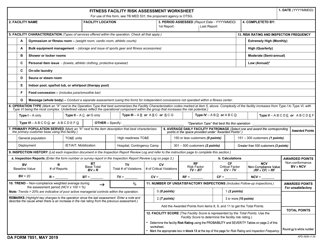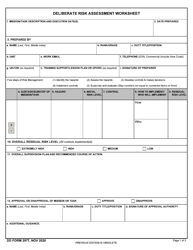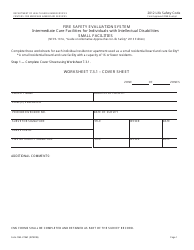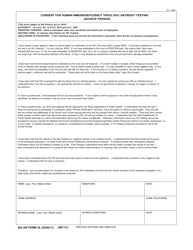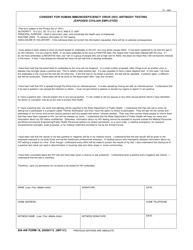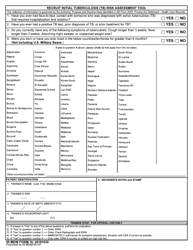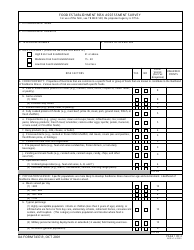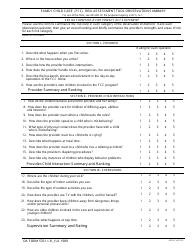Tuberculosis Risk Assessment for Correctional Facilities - North Dakota
Tuberculosis Risk Assessment for Correctional Facilities is a legal document that was released by the North Dakota Department of Health and Human Services - a government authority operating within North Dakota.
FAQ
Q: What is tuberculosis?
A: Tuberculosis is a bacterial infection that primarily affects the lungs.
Q: How is tuberculosis transmitted?
A: Tuberculosis is primarily transmitted through the air when an infected person coughs or sneezes.
Q: What are the symptoms of tuberculosis?
A: Symptoms can include cough lasting three or more weeks, chest pain, fatigue, weight loss, and night sweats.
Q: How is tuberculosis diagnosed?
A: Tuberculosis can be diagnosed through a combination of medical history, physical examination, and various tests.
Q: What should be done if there is a suspected case of tuberculosis in a correctional facility?
A: Suspected cases should be isolated, and medical staff should be notified to conduct further testing and treatment.
Q: How is tuberculosis treated?
A: Tuberculosis is treated with a combination of antibiotics for several months.
Q: Can tuberculosis be prevented?
A: Yes, tuberculosis can be prevented through proper ventilation, early identification and treatment of cases, and regular screening of high-risk individuals.
Q: Who is at high risk for tuberculosis in a correctional facility?
A: Inmates and correctional staff who have close contact with individuals who have active tuberculosis are at higher risk.
Q: What are some infection control measures in correctional facilities to prevent tuberculosis?
A: Measures can include appropriate ventilation, use of respiratory protective equipment, and education on respiratory hygiene and cough etiquette.
Form Details:
- The latest edition currently provided by the North Dakota Department of Health and Human Services;
- Ready to use and print;
- Easy to customize;
- Compatible with most PDF-viewing applications;
- Fill out the form in our online filing application.
Download a printable version of the form by clicking the link below or browse more documents and templates provided by the North Dakota Department of Health and Human Services.










